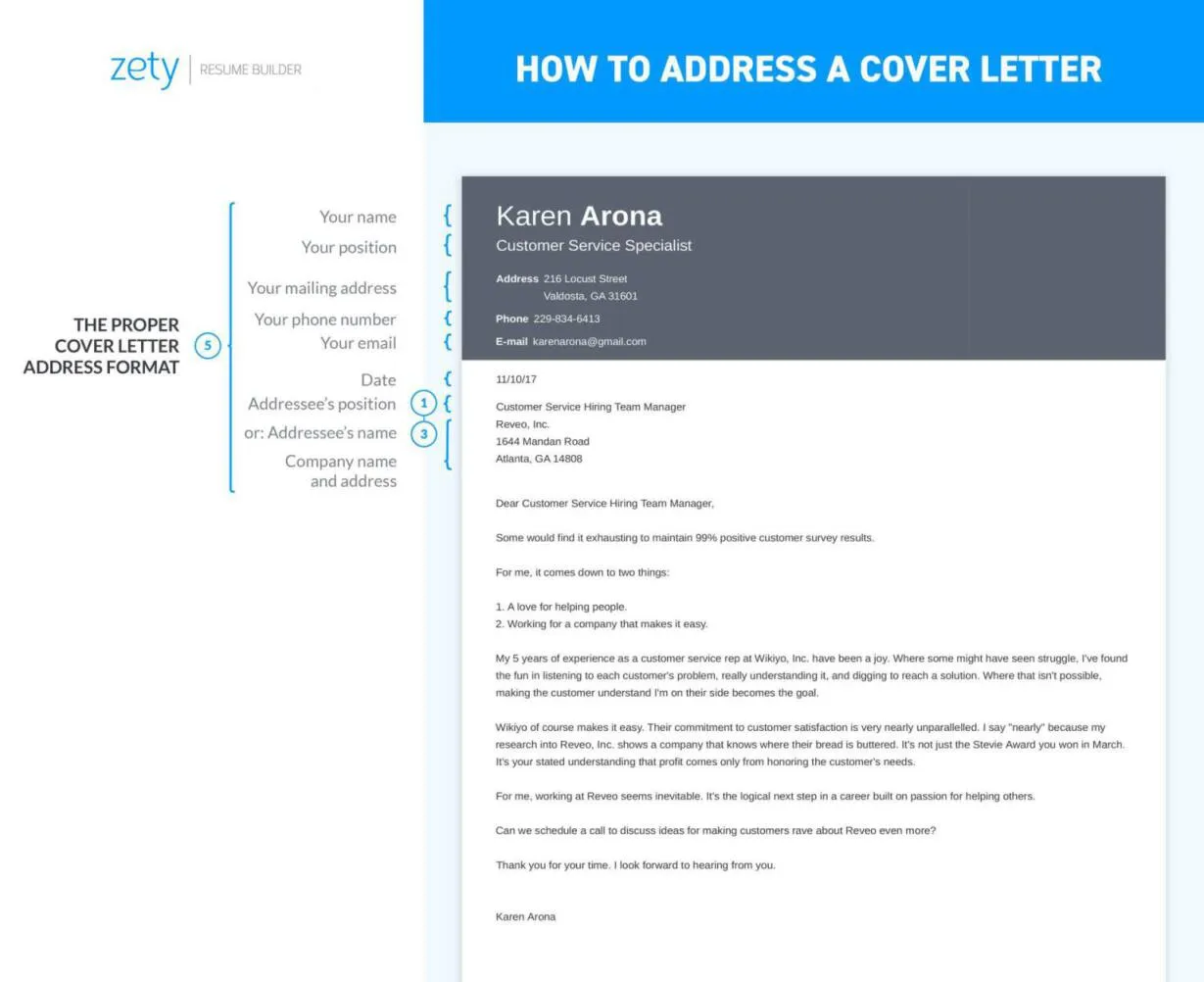Understand the Basics of Addressing a Cover Letter
The way you address a cover letter is more than just a formality; it’s your first opportunity to make a positive impression. A well-addressed cover letter demonstrates attention to detail, professionalism, and genuine interest in the company and the specific role. Ignoring the basics can inadvertently send the wrong message, signaling a lack of care or even a lack of respect. Mastering these fundamentals is a crucial step in crafting a cover letter that grabs the reader’s attention and sets you apart from the competition. By meticulously following these guidelines, you increase your chances of making a strong initial impression.
Research the Company and the Contact Person
Before you even start writing, conduct thorough research on the company and, most importantly, the hiring manager or the person to whom you should address the letter. This is the cornerstone of a personalized and effective cover letter. Visit the company’s website, explore their ‘About Us’ page, read recent news articles, and examine their social media presence. This research allows you to understand their mission, values, recent accomplishments, and the specific needs of the role you’re applying for. Showing you understand their business shows you have initiative and genuinely want to work there.
Find the Hiring Manager’s Name
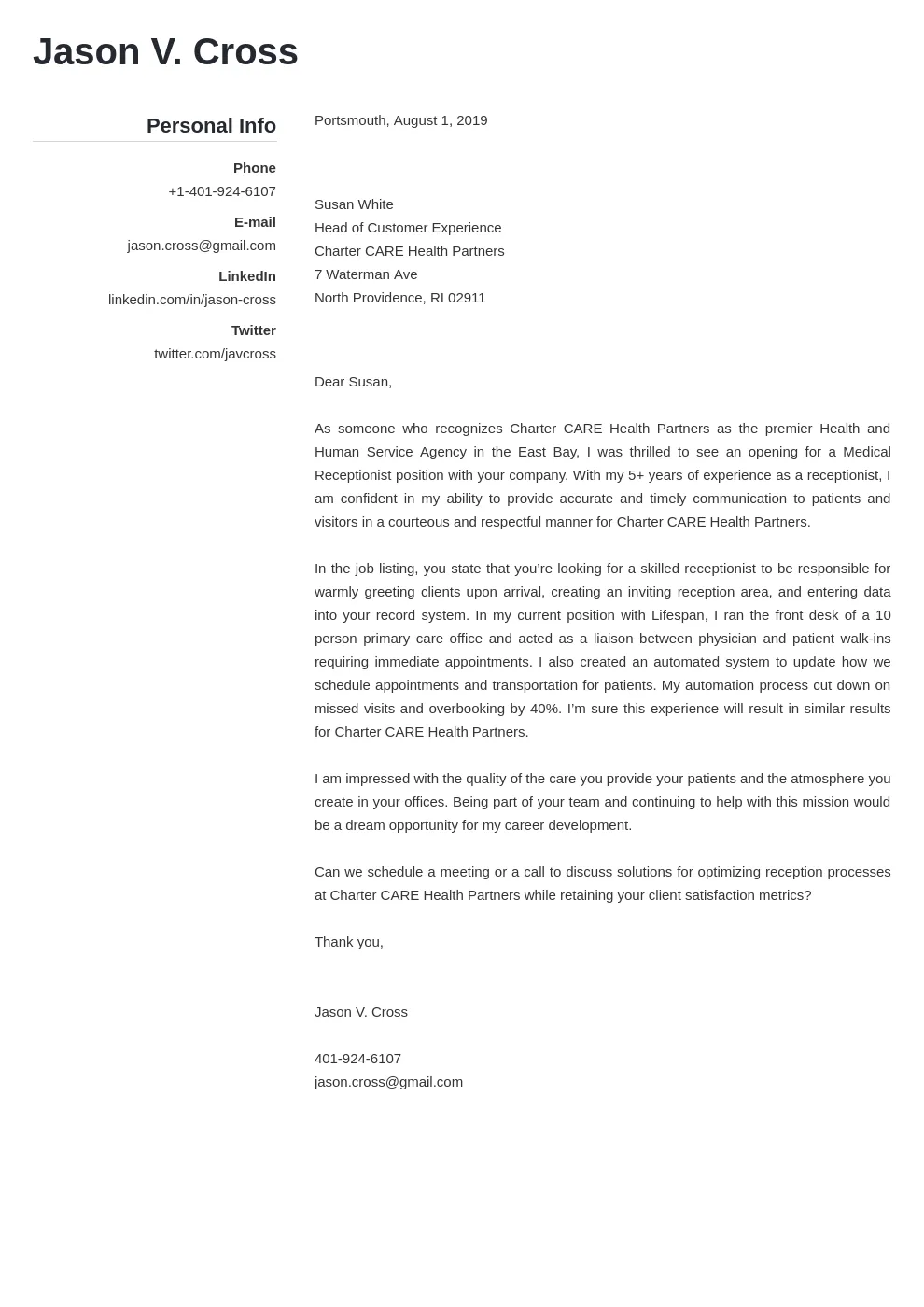
Finding the hiring manager’s name is essential for personalizing your cover letter. Address it to a specific person is always preferable to using generic greetings. Look for the hiring manager on the job posting itself, the company’s website (often in the ‘Contact Us’ or ‘Team’ sections), or LinkedIn. If you can’t find a specific name, try searching for the department head or the recruiter responsible for the role. Knowing the contact person’s name demonstrates your commitment to the job and your attention to detail, instantly setting your application apart.
Use Professional and Formal Greetings
Your greeting sets the tone for the entire letter. Opt for professional and formal greetings. If you have the hiring manager’s name, use ‘Dear Mr./Ms./Mx. [Last Name]’. This demonstrates respect and professionalism. Avoid informal greetings like ‘Hi’ or ‘Hello’. If you can’t find a specific name, use ‘Dear Hiring Manager’ or ‘Dear [Department Name] Team’. It’s always best to be as specific as possible, but these alternatives are better than using a generic greeting. Make sure the title matches their gender (Mr. for men, Ms. for women, Mx. for non-binary individuals), or use the title they prefer. Using a wrong title could damage your image.
Craft a Compelling Opening
The opening paragraph of your cover letter is your first chance to grab the reader’s attention. Avoid generic openings like ‘I am writing to apply…’ Instead, make a strong, memorable statement. Mention the specific position you’re applying for and how you learned about it. Briefly highlight your most relevant qualifications or experiences, and immediately showcase your enthusiasm for the role and the company. The goal is to pique the reader’s interest, compelling them to continue reading. Tailor this opening to the specific company and job requirements, ensuring it reflects your genuine interest and suitability. If you can show you read the job description and understand the key requirements, your chances increase.
Highlight Your Value Proposition
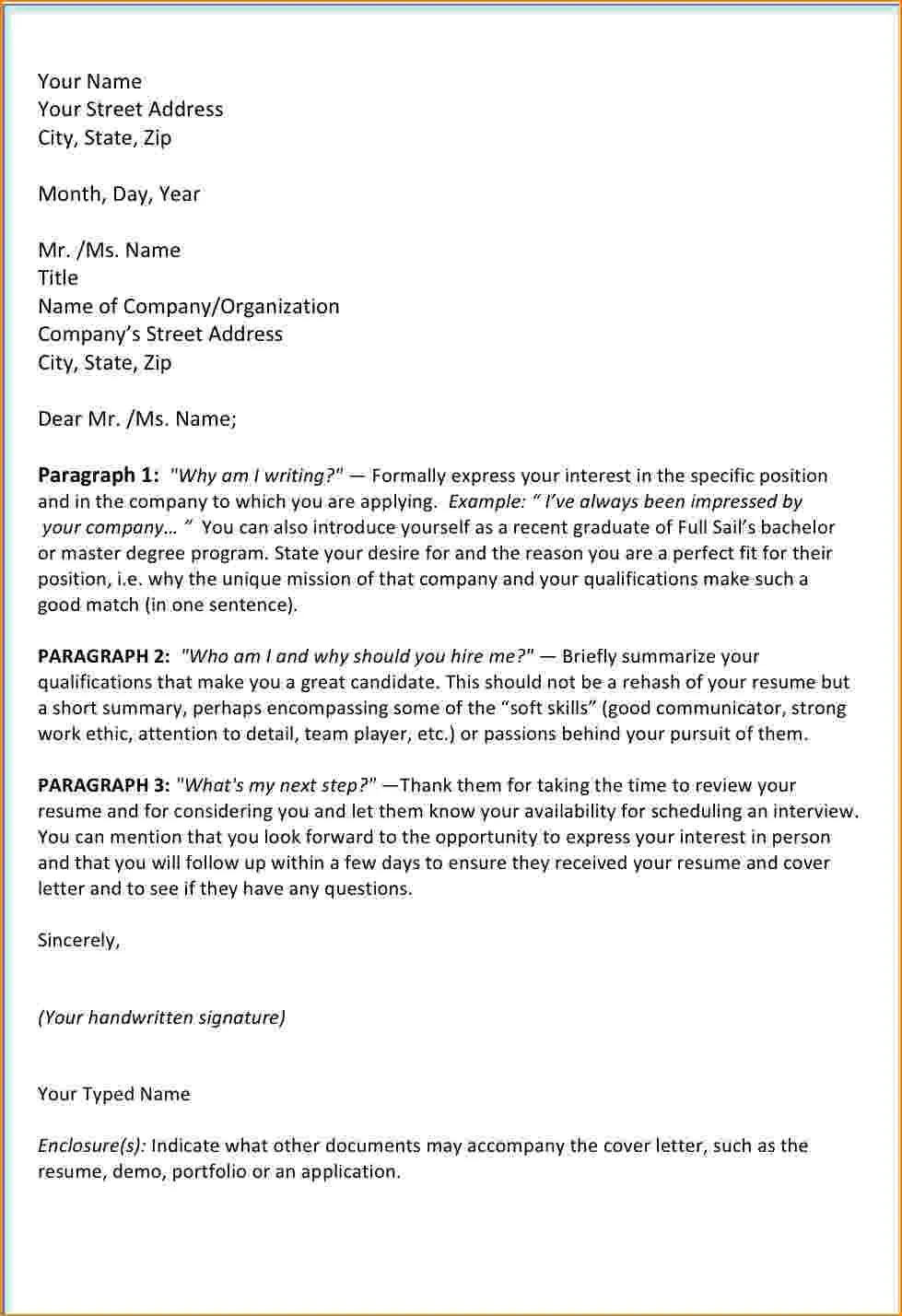
In the body of your cover letter, clearly articulate your value proposition. What unique skills, experiences, and qualities do you bring to the table? Connect your qualifications directly to the job requirements. Use concrete examples to illustrate how you’ve successfully applied your skills in the past. Focus on what you can do for the company, not just what you’ve done. This means demonstrating how your skills and experiences align with the company’s needs and objectives. Show them why you’re the best candidate for the role. Emphasize quantifiable results. Use numbers to show how you improved a process, saved time, or increased revenue in previous roles.
Tailor Your Letter to the Specific Job
Each cover letter should be unique. Avoid using generic templates and customize each letter to the specific job. Review the job description carefully and identify the key requirements. Use the same keywords and phrases from the job description in your cover letter, where appropriate. Demonstrate how your skills and experiences align with the role’s specific responsibilities and required qualifications. If you apply for different positions at the same company, make sure you tailor your cover letter to each role. Highlighting your skills and how it matches their needs is essential, and the more specific you are, the better.
Showcase Relevant Skills and Experience
Focus on the skills and experiences most relevant to the job. Don’t include everything from your resume; instead, select and highlight the experiences that best demonstrate your ability to succeed in the role. Provide specific examples of how you’ve used your skills to achieve positive outcomes in the past. Use the STAR method (Situation, Task, Action, Result) to structure your examples, providing a clear and concise explanation of your contributions. When you show examples of your past experience, it’s more likely that you will be picked. Choose experience that you can easily show off how it matches the needs of the current job.
Use Action Verbs and Quantifiable Results

Use strong action verbs to describe your accomplishments and responsibilities. Start each bullet point or sentence with verbs like ‘managed,’ ‘developed,’ ‘implemented,’ ‘achieved,’ or ’led.’ This approach conveys confidence and demonstrates your proactive approach. Quantify your results whenever possible. Instead of saying ‘Improved customer satisfaction,’ say ‘Increased customer satisfaction by 15%.’ Numbers provide concrete evidence of your achievements and demonstrate your impact. By using strong verbs and quantifiable results, you provide the employer with a clear idea of what you have accomplished.
Express Enthusiasm and Interest
Demonstrate genuine enthusiasm for the role and the company. Explain why you’re interested in the position and what attracts you to the organization. Research the company’s culture, values, and recent achievements, and integrate your findings into your cover letter. Show that you’ve taken the time to learn about the company and that you genuinely want to be a part of the team. Expressing your enthusiasm can create an emotional connection with the hiring manager, making your application more memorable. Use words and sentences to show excitement. Share your interest, and make them feel like you are the ideal candidate.
Summarize Your Key Strengths
In the closing paragraph, summarize your key strengths and reiterate your interest in the role. Briefly restate why you’re a good fit for the position and what you can bring to the company. Thank the hiring manager for their time and consideration. End with a positive and confident tone, leaving a lasting impression. This should be a quick recap, demonstrating your key points again. This is the last impression, so make it a good one. This will help you make the impression you want.
End with a Clear Call to Action
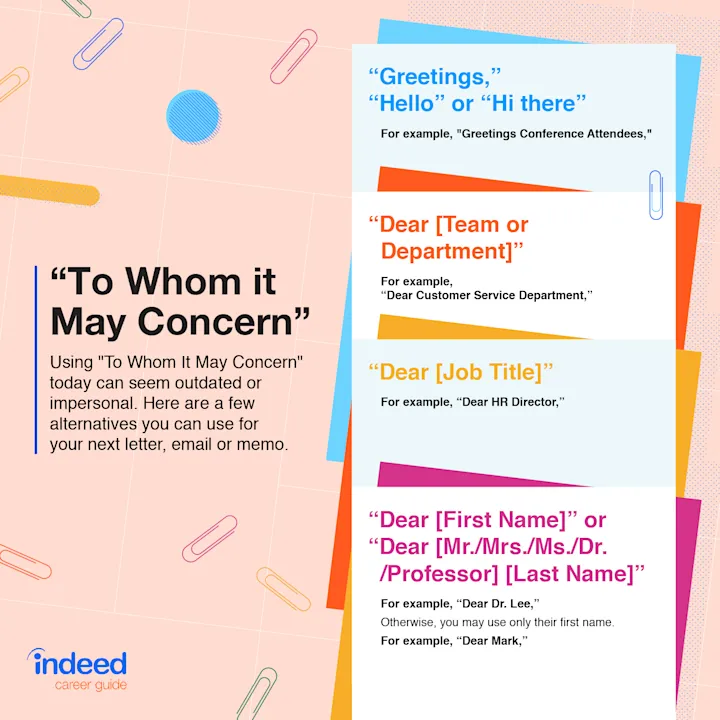
End your cover letter with a clear call to action. State your availability for an interview and how the hiring manager can contact you. Include your phone number and email address, and mention your willingness to provide any additional information. Make it easy for the hiring manager to take the next step. A clear call to action demonstrates your initiative and reinforces your interest in the position. Make sure to provide the contact information that you have. Be readily available, so they know you are serious about the job.
Proofread and Edit Meticulously
Before you submit your cover letter, proofread and edit it meticulously. Errors in grammar, spelling, and punctuation can undermine your credibility and make you seem unprofessional. Take your time, and carefully review every sentence. Read your cover letter aloud to catch any awkward phrasing or typos. Ensure your cover letter is polished and error-free, and then submit your application with confidence. Proofreading can determine your ability to pay attention to detail. Mistakes, even small ones, can make a bad impression.
Check for Grammar and Spelling Errors
Grammar and spelling errors are a major red flag for hiring managers. Run your cover letter through a grammar and spell checker, but don’t rely on these tools alone. Proofread your letter yourself to catch errors that automated tools may miss. Check for proper punctuation, correct sentence structure, and consistent formatting. Reading it aloud can help you identify any awkward phrasing or typos. It is essential to ensure that your cover letter reflects your attention to detail and professionalism. Getting all grammar and spelling mistakes corrected will surely give a good impression.
Ensure a Professional Tone and Format
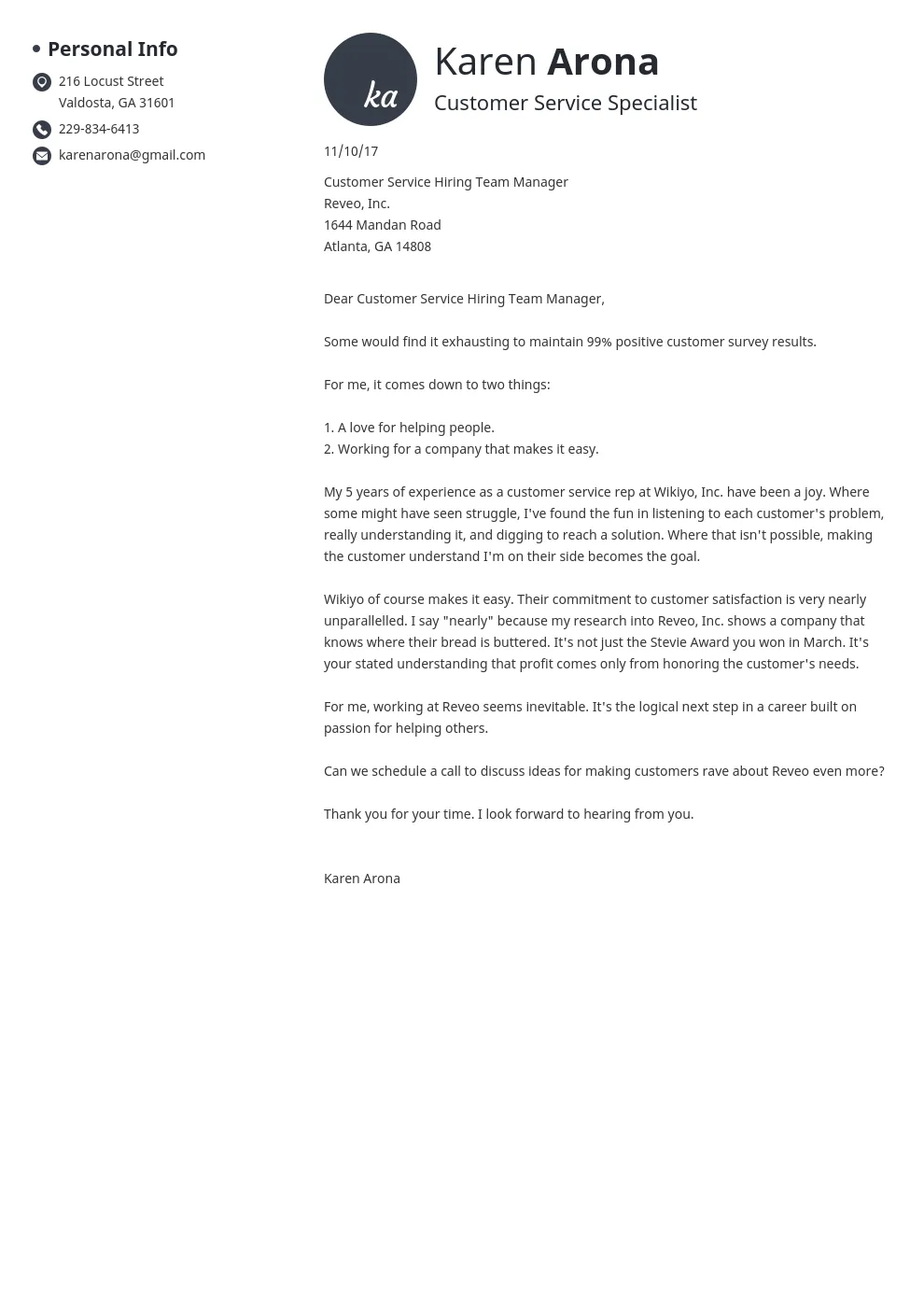
Maintain a professional tone throughout your cover letter. Use formal language and avoid slang or colloquialisms. Ensure your formatting is clean and consistent. Use a standard font like Times New Roman, Arial, or Calibri. Use a consistent font size and spacing. Format your cover letter with clear paragraphs and sufficient white space, making it easy to read. Your cover letter should be professional and well-organized. This is important because it shows you can follow the basics. A good format will also show how much you care for this job.
Proofread the letter
Before submitting your cover letter, ask someone else to proofread it. A fresh pair of eyes can catch errors you may have missed. A friend, family member, or career advisor can provide valuable feedback on your writing style, clarity, and overall effectiveness. Be open to their suggestions and make revisions as needed. Having a second opinion will make you feel more confident about your cover letter. This is the last thing to do, and it is important. So make sure the letter looks exactly as you need it.
